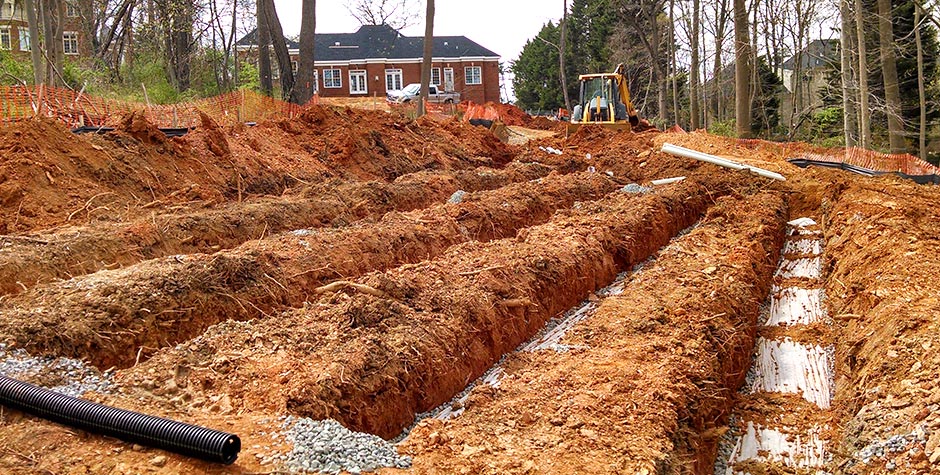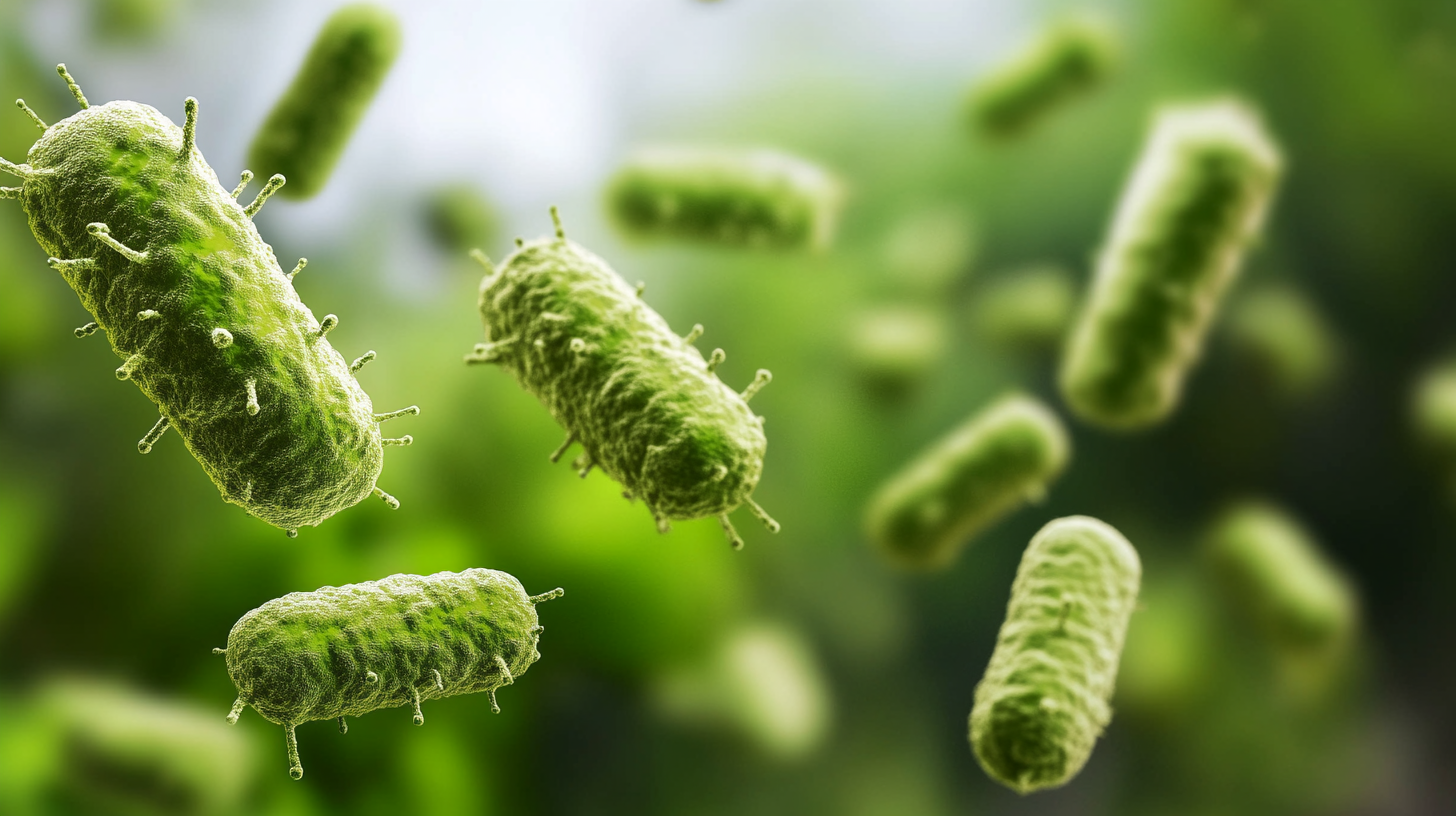
Is RID-X Safe For Septic Systems? (Solved)
Ever found yourself staring at that bottle of Rid-X in the store, wondering if it’s the magic solution for your septic system or a potential disaster waiting to happen?
Well, you’re not alone! These products make some pretty big promises.
But the truth is, RID-X (and all other additives) is just a waste of money. These might even do more harm than good so it’s not safe.
In this post, I’ll go over the main reasons why RID-X is bad for septic systems.
Why RID-X Is Not Safe For Septic Systems
Here are 4 big reasons why RID-X is not good for your septic system:
#1 Disrupts Natural Bacterial Balance
The biggest issue with using RID-X is that it can disrupt the natural balance in the septic tank.
Your tank is like a tiny ecosystem, full of different types of bacteria all working together. Each kind of bacteria has its own job, breaking down different parts of the waste.
They’ve got a good system going, and they’re really good at what they do.
Now, when you pour in Rid X, you’re basically dropping a whole bunch of new bacteria into this well-organized community.
Also Read: Can I Cover My Septic Tank Lid
These newcomers might be helpful in some ways, but they can also cause a problem – they might outcompete the bacteria that are already there and doing a great job.
The result? Your tank might actually end up less efficient at breaking down waste.
The original bacteria, which were perfectly suited to your specific septic environment, might have a hard time bouncing back.
So instead of helping, you could end up with a system that’s not working as well as it did before.
#2 Suspends Solids And Clog Drain Field

Another problem with RID-X is that it can make solids float in the liquid part of the tank.
Normally, these solids should sink to the bottom and form a layer of sludge that gets pumped out during regular maintenance.
But when these solids start floating in the liquid, they can flow out into your drain field.
Now, your drain field isn’t set up to handle solid waste. It’s meant for liquids that can easily soak through the soil. When solids get into the drain field, they can clog up the tiny spaces in the soil.
This makes it harder for the field to clean and filter the wastewater.
Over time, you might start noticing some not-so-pleasant signs:
- Soggy spots in your yard
- Foul odors near the drain field
- Slow draining or gurgling in your plumbing
- In bad cases, complete failure of the drain field
Trust me, fixing a clogged drain field is not a fun (or cheap) experience.
It’s much better to avoid the risk in the first place!
#3 Waste Of Money For A Functioning System
Septic additives aren’t cheap, especially if you’re using them like the manufacturers suggest.
If your septic system is working fine (and most do without any extra help), buying these additives is like throwing money away.
A healthy septic system doesn’t need any extra boost. The bacteria that naturally come from your waste are more than enough to break down everything in your tank.
Plus, these bacteria are always being replenished every time you use the bathroom, so you don’t need to buy more.
Also Read: Septic Tank Baffle Clogs
Think about it this way: the money you spend on additives could be put to much better use. You could save it for regular septic pumping or professional inspections.
These are the things that really do help your system last longer and avoid expensive repairs.
#4 May Mask Underlying Problems
This might be the trickiest problem with septic additives. They can make you think everything’s fine when there’s actually a bigger issue brewing.
Let’s say your system is having trouble because it’s been too long since it was pumped.
The tank might be almost full of solids, which means it can’t treat wastewater as well as it should. You might notice your drains are slow or hear weird noises in your plumbing.
If you add RID-X when this is happening, it might seem to make things better for a little while.
The extra enzymes might break down some of the built-up waste, so the symptoms go away.
But this is temporary, and the real problem – a tank that needs pumping – is still there.
By hiding these warning signs, additives can keep you from fixing the actual issue.
This delay can lead to bigger problems down the road, maybe even causing your system to fail completely or leak untreated waste into the environment.
When Additives Like RID-X May Be Needed

Now, there are a few rare situations where a professional might recommend using RID-X.
These are typically times when something has really messed with the bacteria in your tank.
For example, if someone in your house has been on strong antibiotics for a long time, it might have killed off a lot of the good bacteria in your tank.
Or maybe some harmful chemicals accidentally got into your system.
Sometimes, if a system hasn’t been used for a long time, it might need a boost to get going again.
In cases like these, a septic pro might suggest using a bacterial additive once to help get things back on track. But this should always be done with guidance, not as a do-it-yourself fix.
Bottom Line
At the end of the day, RID-X isn’t doing your septic system any favors.
Your best bet is to stick with the basics: regular pumping, watching what goes down your drains, and being mindful of your water use.
If you’re worried about your system, don’t reach for a bottle of RID-X – call a septic pro instead.
They’ll be able to tell you what’s really going on and how to fix it.







